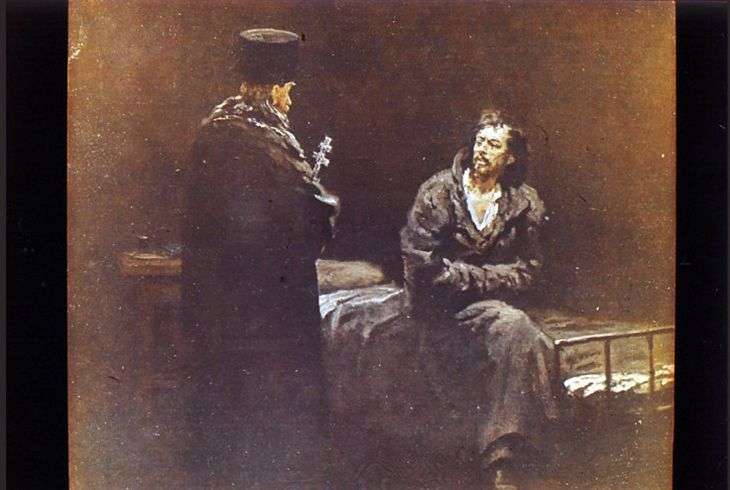
Confessing in actions, not considering their sins, the revolutionary refuses, so you can briefly describe the plot of the canvas of the great painter. Only two people are depicted in the picture, and how many powerful dynamics is hidden in their postures and facial expressions. Each of them told me a whole story, which ends with their meeting in the dungeons.
I was struck by how I. Ye. Repin, using only dark colors, and highlighting only faces, was able to build a logical chain of consequence and cause. He thought through all the details and allowed the viewer’s imagination to complete the provided episode. There is no point in the work, it is found by the inquisitive mind of the one who stops in front of the canvas and wonders who these people are?
I want to immediately tell you about how I see a young man. He is a revolutionary, one who shot the king. But he did not do this for himself or for his own good, but in concern for the future of ordinary people who have lived for centuries under the burden of humiliation. Whether he thought then about punishment, or about the expediency of his act, it is now difficult to say. But until the last moments of his life, the revolutionary firmly believed in his innocence.
Even here, in the picture, his image is proud, despite his internal fatigue. The eyes of a ponyura, head thrown back, as if it is hard to hold, but the white collar of the shirt speaks of belonging to one of the highest classes of society. And now, being on the verge of death, the rebel does not intend to bow down, confess his sins and repent to those who are indirectly guilty of his sufferings, and in the troubles of all the people.
The image of the clergyman remains not fully revealed due to the fact that his face is not visible, only the edge. But it also gives vent to imagination to roam and draw conclusions. For example, it is clear that this person is in years, having experience in similar situations. There is no trepidation in front of an important event for his faith.
Most likely, boredom represents both the pose and the slope of the priest’s head. The man to whom he came does not want to repent, but he does not care. It is amazing how clearly Repin described the main feature of those who in his times were to carry the light of hope to people.
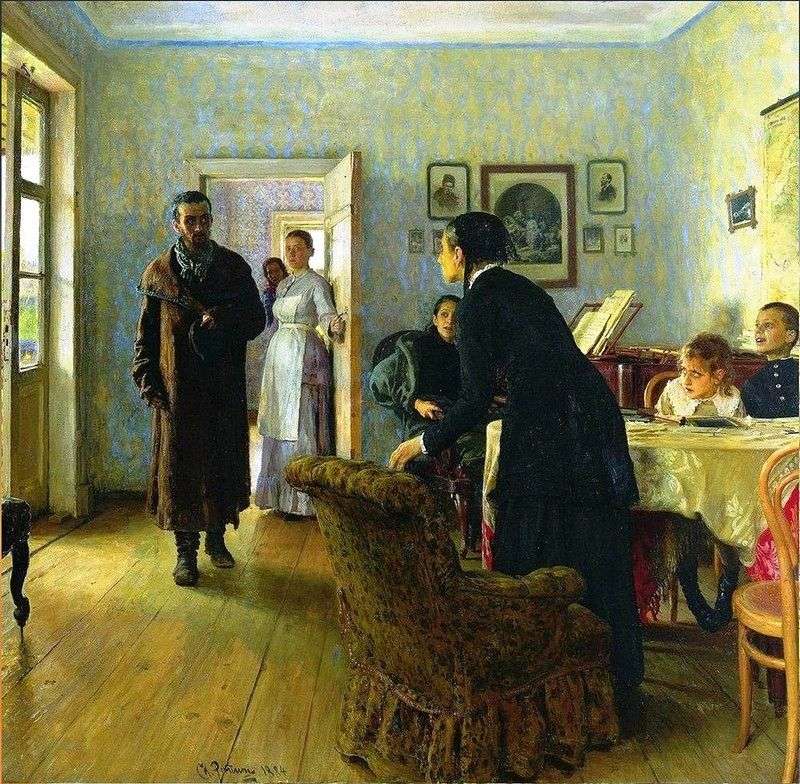 Did not wait by Ilya Repin
Did not wait by Ilya Repin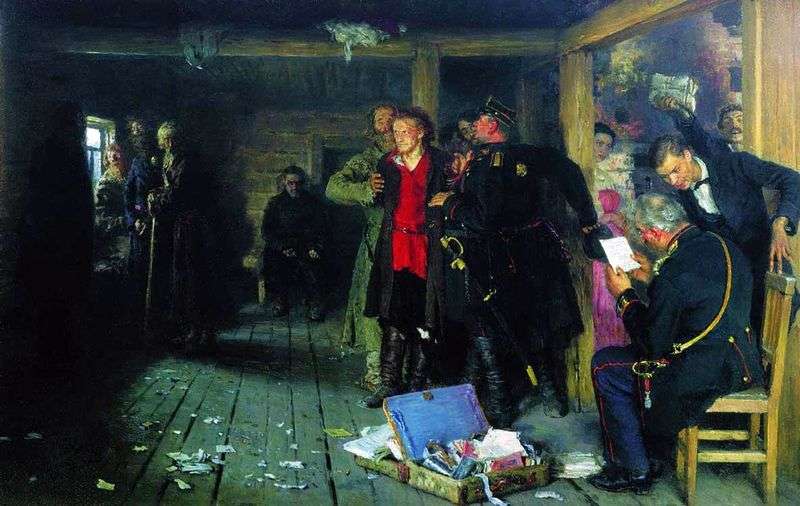 Arrest of propagandist by Ilya Repin
Arrest of propagandist by Ilya Repin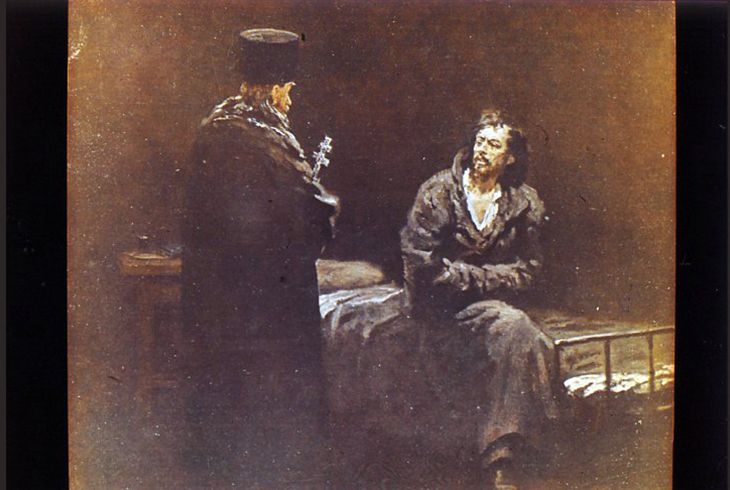 Refus de confession – Ilya Repin
Refus de confession – Ilya Repin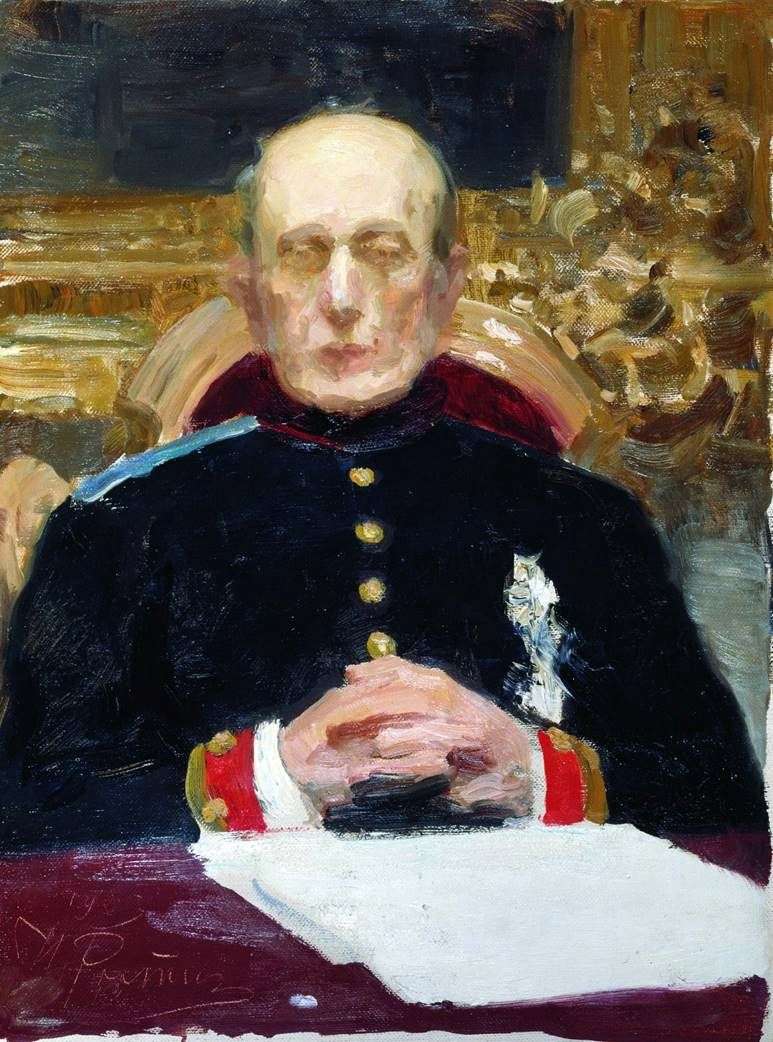 Portrait of K. P. Pobedonostsev by Ilya Repin
Portrait of K. P. Pobedonostsev by Ilya Repin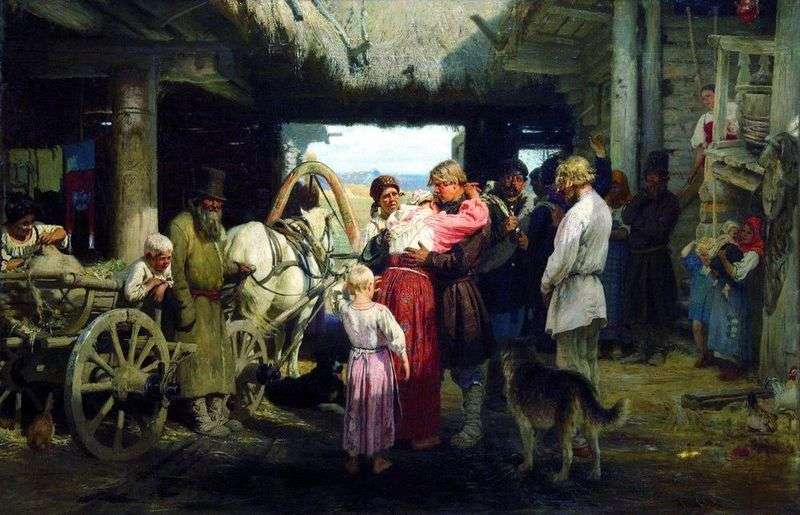 Seeing a Recruit by Ilya Repin
Seeing a Recruit by Ilya Repin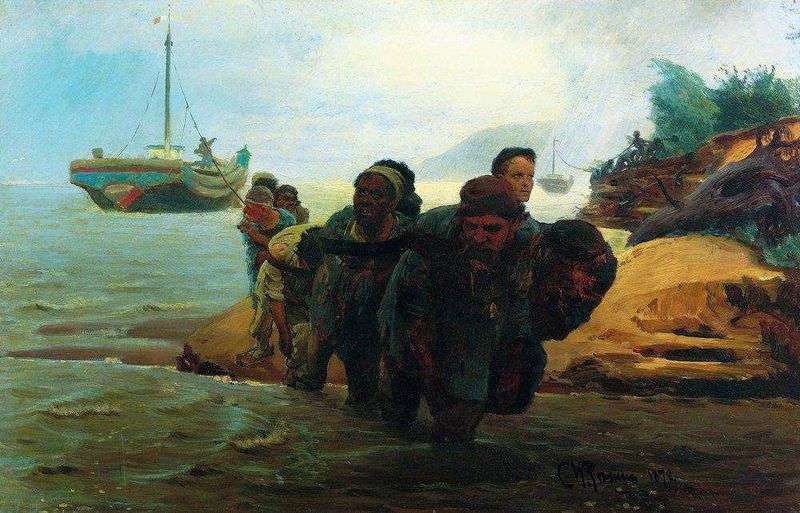 Wandering haulers by Ilya Repin
Wandering haulers by Ilya Repin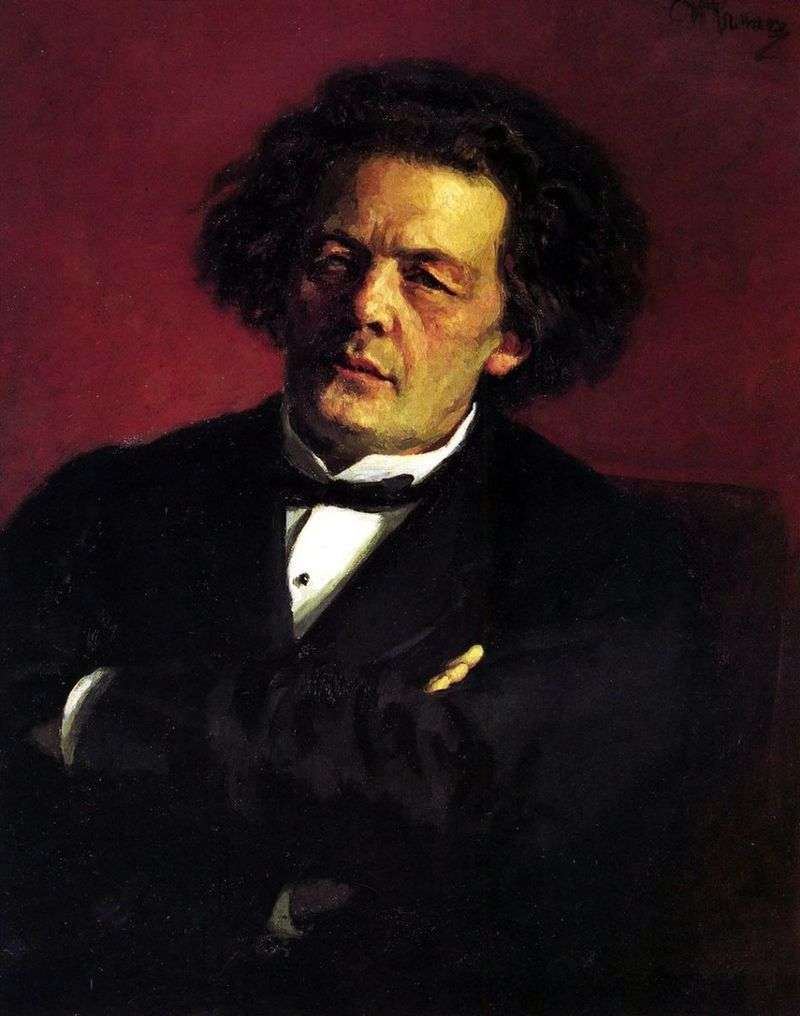 Portrait of A. G. Rubinstein by Ilya Repin
Portrait of A. G. Rubinstein by Ilya Repin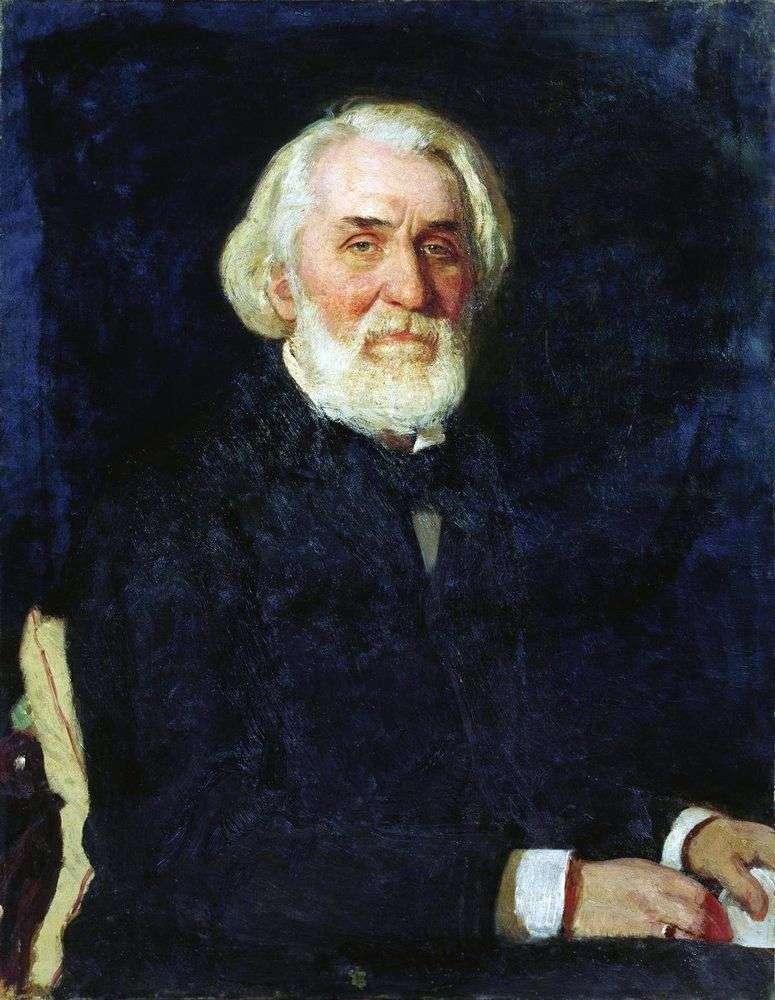 Turgenev by Ilya Repin
Turgenev by Ilya Repin